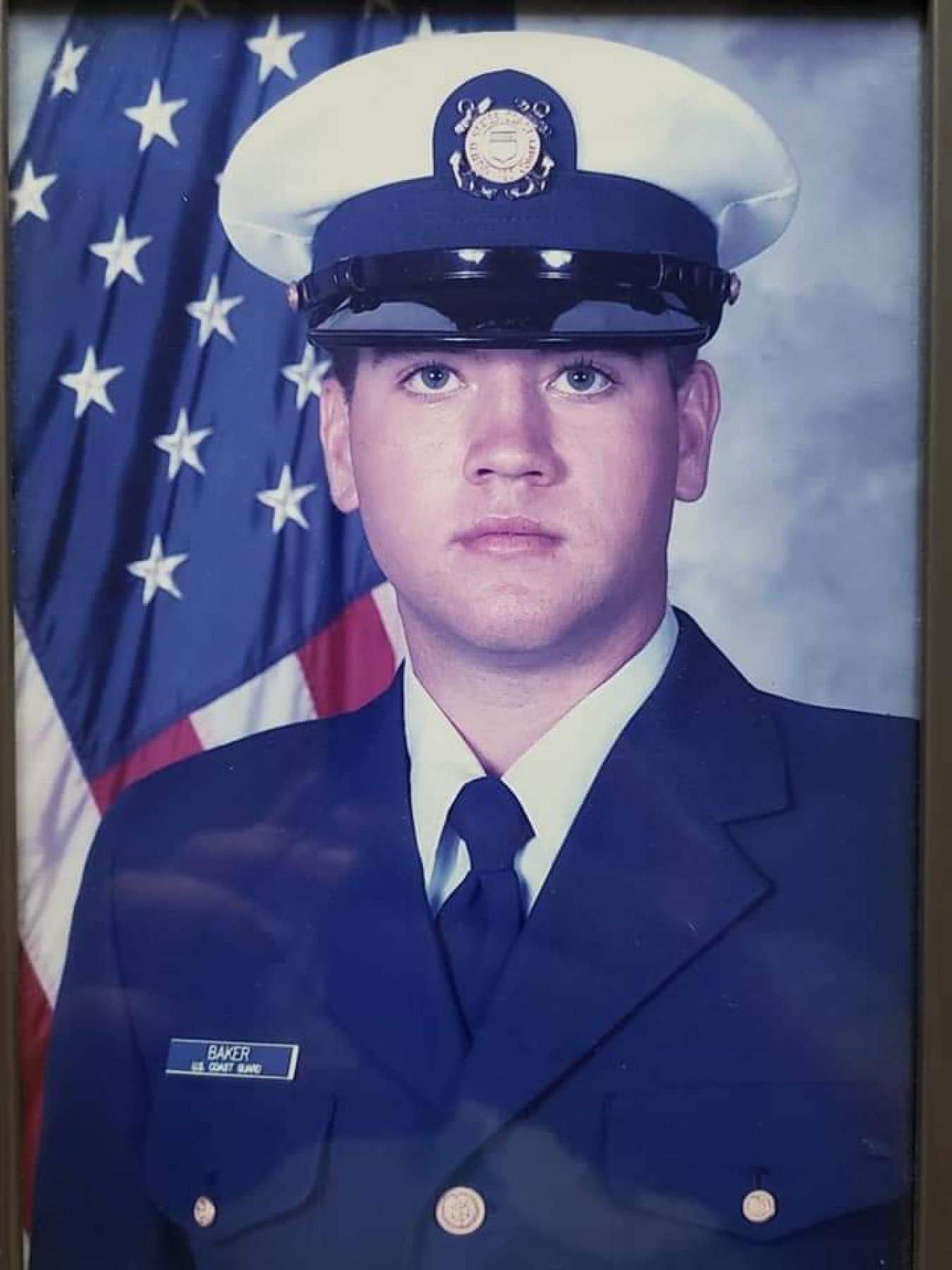To celebrate Veterans Day, EM highlights former service members who have joined EM on their journey in civilian work-life.

Matthew Baker, a seven-year veteran of the United States Coast Guard poses for a portrait. Baker served from 2003 to 2010, working on ice breaking vessels in the Arctic based out of Seattle, Washington.
Name and what you do at EM?
My name is Matthew Baker. I am a senior technical program manager in the Office for Closure and Project Management at Savannah River Site Operations Office.
What branch did you serve in; when; where stationed? How many years of service?
I served seven years in the United States Coast Guard. I was stationed in Petersburg and Sitka, Alaska; Cape May, New Jersey; and St. Louis, Missouri.
Most memorable event/moment during your service?
I had the opportunity as part of a temporary duty to deploy on one of the Coast Guard’s ice breaking vessels based out of Seattle, Washington on a trip to the Arctic. Before that deployment, I had believed I wanted to work in aviation, but on that trip, I had the opportunity to interact with both Coast Guard Marine Science Technicians (MST) as well as civilian scientists that were aboard to help perform various experiments in the artic waters. This changed the trajectory of my Coast Guard career as I eventually became a MST in the Coast Guard and decided to pursue a degree in the sciences when I left the service.
How has your military service helped prepare you for the job you do in EM?
My military service not only helped spark my passion for environmental work, but gave me the skills, discipline, knowledge, and resources to work as a government employee for DOE EM.
When did you begin working for EM and what got you interested in the cleanup mission?
I began working for EM in November of 2020. I became interested in the cleanup mission as a graduate student at the Savannah River Ecology Lab (SREL). I had the opportunity to study the potential use of different materials to help immobilize different contaminants in the soils at the Savannah River Site. I also had the opportunity to work with DOE personnel, who are now my co-workers, on projects like the SRS Sustainability Award-winning Phytoremediation project. I really enjoyed the collaborative efforts I saw between the DOE, the US Forest Service, SREL and SRNS personnel as well as the Site mission.

